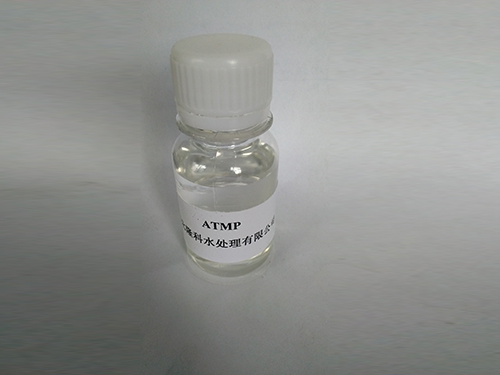Safety Data Sheet for Poly Aluminum Chloride Characteristics and Handling Procedures
Understanding Poly Aluminum Chloride Safety Data Sheet (SDS) Overview
Poly Aluminum Chloride (PAC) is a widely used coagulant in water treatment processes, known for its effectiveness in removing impurities and enhancing water clarity. Its chemical formula can vary, but it typically consists of aluminum hydroxide and hydrochloric acid. While PAC is beneficial in numerous applications, understanding its properties and safety protocols is essential for ensuring safe handling and compliance with regulatory standards. This article provides an overview of important aspects found in its Safety Data Sheet (SDS).
Chemical Identification
Poly Aluminum Chloride is characterized as a white or yellowish powder that is soluble in water. It is commonly used in municipal water treatment facilities, paper manufacturing, and even in some food processing applications due to its properties as a flocculant. The chemical's unique formulation allows it to work effectively at a range of pH levels, making it versatile for different water sources.
Hazards Identification
The SDS serves as a crucial reference for understanding the potential hazards associated with PAC. According to safety data sheets, PAC is generally classified as a low-toxicity substance; however, it can cause irritation to the eyes, skin, and respiratory tract upon contact. Inhalation of dust or aerosols may lead to respiratory issues. Therefore, it is essential to avoid any exposure and implement adequate safety measures while handling PAC.
Composition and Information on Ingredients
The primary component of PAC is aluminum, typically in a form known as basic aluminum chloride. This compound interacts with contaminants in water, facilitating their aggregation into larger particles that can be easily removed during filtration. It is vital to consult the SDS for specific composition details, as variations may exist based on the supplier or intended application.
First Aid Measures
In the event of exposure, the SDS outlines critical first aid measures. For skin contact, affected areas should be washed thoroughly with soap and water. If PAC enters the eyes, the affected person should rinse their eyes with plenty of water for at least 15 minutes and seek medical attention. In case of inhalation, moving to an area with fresh air is advised. It is crucial to call for medical help if symptoms persist or worsen.
Fire-Fighting Measures
poly aluminum chloride sds

PAC is not considered flammable, but it is essential to refer to the SDS for specific fire-fighting measures. Standard fire-fighting techniques should be employed, and personnel should wear appropriate protective gear, including self-contained breathing apparatus. Firefighters should be aware of possible hazardous fumes released during combustion.
Accidental Release Measures
In the event of a spill, proper containment and cleanup procedures are essential. The SDS provides guidance on how to safely manage leaks or spills of PAC. Personnel should wear suitable protective equipment, and any spilled material should be collected and disposed of in accordance with local regulations. Cleanup might also involve vacuuming up dry materials and washing contaminated surfaces with water.
Handling and Storage
When handling PAC, it is crucial to observe safety precautions to minimize exposure. It should be stored in a cool, dry place, away from incompatible substances such as strong bases. Containers should be properly labeled, and employees should be trained in safe handling practices.
Personal Protective Equipment (PPE)
To ensure safety while handling PAC, appropriate PPE is necessary. This may include gloves, goggles, and respiratory protection, especially in situations where dust or mist could be generated. The SDS will outline specific recommendations for PPE based on the form of PAC being used.
Conclusion
Understanding the properties, potential hazards, and safety measures related to Poly Aluminum Chloride is vital for effective and safe application in various industries. The Safety Data Sheet serves as a comprehensive resource that outlines critical information for handling this chemical safely. By following the recommendations provided in the SDS, we can ensure the health and safety of workers and the surrounding environment while harnessing the beneficial properties of PAC in water treatment processes. Always stay informed and cautious when working with chemicals.
---
This article serves as a general overview of Poly Aluminum Chloride based on the guidelines and information typically found in a Safety Data Sheet (SDS). Always refer to specific SDS documentation for detailed and exact safety recommendations.
-
Water Treatment with Flocculant Water TreatmentNewsJun.12,2025
-
Polymaleic AnhydrideNewsJun.12,2025
-
Polyaspartic AcidNewsJun.12,2025
-
Enhance Industrial Processes with IsothiazolinonesNewsJun.12,2025
-
Enhance Industrial Processes with PBTCA SolutionsNewsJun.12,2025
-
Dodecyldimethylbenzylammonium Chloride SolutionsNewsJun.12,2025





